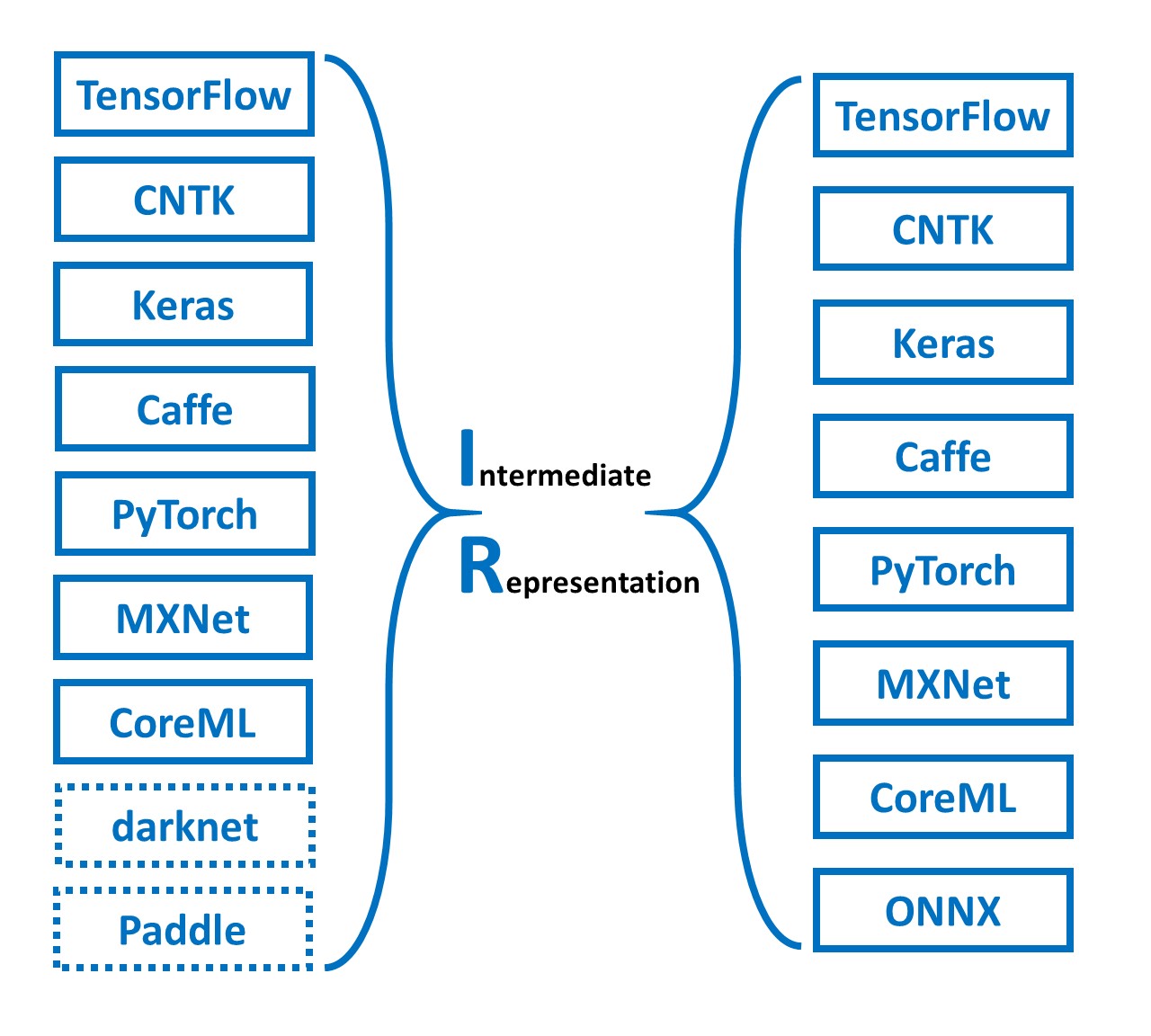Explaining Deep Neural Networks - A comparison of different CAM methods based on an insect data set
This is the repository for the Deep Learning project "Explaining Deep Neural Networks - A comparison of different CAM methods based on an insect data set" (2022).
For information about the data set and the trained weights contact our team or the owner of this repository (Robert Krug).
The stored weights of the different network configuration can be accessed here.




